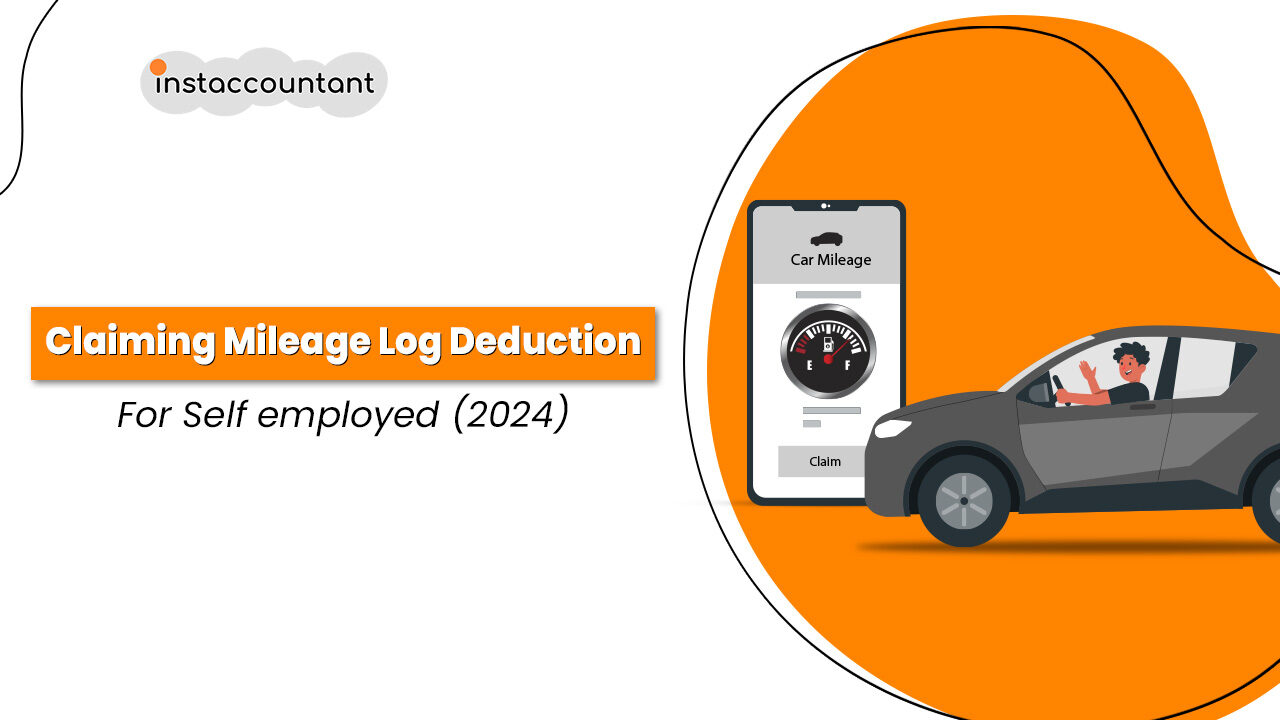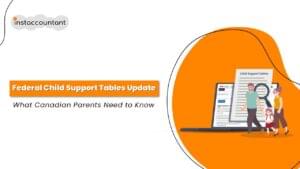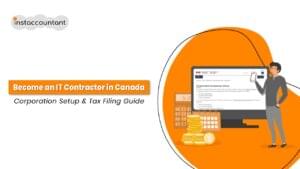As a self-employed individual, you can claim business-related vehicle expenses and cut down on your owed tax. If you’re using your personal vehicle to earn your business income then you’re sure to incur some vehicle expenses throughout the year. Now depending on your business or work, these could amount to a hefty sum. Take Uber drivers as an example, if you’re driving for Uber or uber eats, keeping track of your mileage can be a game-changer for your tax deductions.
In this blog, we’ll cover everything you need to know about mileage log, how to calculate them, and why detailed mileage logs are an absolute must!
Why is a Mileage Log Important
Simply put, you can only deduct business-related vehicle expenses from your taxes, but you’re often using the same personal vehicle for both business and personal use. That’s where mileage logs come in. A mileage log helps you record all your business trips and gives you the proof you’ll need when claiming those business vehicle expenses from the Canada Revenue Agency (CRA).
If you’re using a vehicle solely for business, then all of its expenses are tax deductible!
Your mileage log needs to record all of your business-related driving so let’s take a quick look at what you should include:
- Meeting clients and customers
- Attending conferences or business meetings
- Purchasing business supplies
- Running business errands
It’s important to note that driving from your home to your workplace is considered personal travel and should not be included in business-related driving.
How to Keep a Mileage Log
When it comes to mileage logs, details are key. Keeping these logs properly organized can save you a lot of time, here’s a list of details you should log for the year and for every business trip.
For a fiscal year, you should log:
- The starting odometer reading
- The ending odometer reading
- The total distance traveled
- A summary of your business vs personal use
When logging a business trip you should include:
- The date
- Your destination
- Purpose of the trip
- Total Kilometers traveled
There are two methods that you can use to claim vehicle expenses from the CRA, the full logbook method and the simplified logbook method.
The full logbook method is fairly straightforward. You’ll have to keep a detailed logbook for your driving every year.
In the simplified logbook method, you’ll have a complete detailed logbook only for your first year, this will become your base year. Once your base year has been established, you can log a 3-month sample every year and use it to foresee business use for the entire year.
Your business usage should be within the same range as your base year, that is within 10% of the base year’s business usage.
Receipts and Invoices
When it comes to claiming vehicle expenses on your taxes, meticulous record-keeping is crucial. Whether you prefer a logbook or another method, the Canada Revenue Agency (CRA) mandates that all tax deductions must be supported by receipts or invoices. Here’s a comprehensive list of deductible vehicle expenses recognized by the CRA:
- License and registration fees
- Fuel and oil
- Insurance premiums
- Maintenance and repairs
- Leasing costs
- Interest on money borrowed to buy a motor vehicle
![]()
To streamline this process and ensure you capture every deductible expense, consider using the Zoombooks app. This powerful tool not only simplifies expense tracking but also helps you stay organized throughout the year. By logging receipts and invoices directly into Zoombooks, you can confidently maximize your tax deductions and comply with CRA regulations.
How to Calculate Claimable Vehicle Expenses
Once you have your logbooks in order, you’ll know exactly how much business-related driving you did in a year. You can use this information to calculate the percentage of business-related driving in a year.
For example, you traveled 15,000 km total in a year and you recorded 6,000 km of business travel in your logbook.
To determine the business use of your vehicle divide the business distance traveled by the total distance traveled.
6,000 business travel / 15,000 total travel = 0.4
Once you have determined the business use percentage (40% in this case), you can apply this percentage to your vehicle expenses. This includes costs like fuel, maintenance, insurance, depreciation, etc., that are directly related to operating your vehicle.
Important note: The CRA requires that you keep mileage logs, receipts, and invoices for any mileage deductions that you claim for the past 6 years. These documents serve as evidence in case of an audit or if the CRA requests verification of your claims.
Mileage Log for Uber Drivers
A mileage log is particularly important for Uber drivers. As an Uber driver, your most significant expenses are vehicle expenses, which means everything from fuel and oil to maintenance.
Uber drivers generally have two options when it comes to maintaining mileage logs.
1. The Online Miles Logged By Uber
Uber records your on-the-job miles and documents them in your Uber tax summary. These are called online miles and they include all the miles you’ve driven when you have the app open, this can include your drive to pickups, passenger rides, deliveries and even waiting for your next trip.
The easiest way for Uber drivers to calculate their deductible vehicle expenses is to use the online miles record from their Uber tax summary.
2. Do It Yourself!
Previously, Uber only logged miles that were driven on a trip and although these online miles are a welcome improvement, they’re still usually a little short.
Most experienced drivers log their own miles and I would recommend you do the same. Keeping your own detailed mileage log will help you account for miles that the Uber app missed or simply doesn’t count. You could include miles driven for a ride before it got canceled or your ride to pick up passenger goodies which qualify as business supplies.
All in all, doing your own mileage log will help provide a complete record of the miles you’ve driven which in turn will help save taxes you owe!




